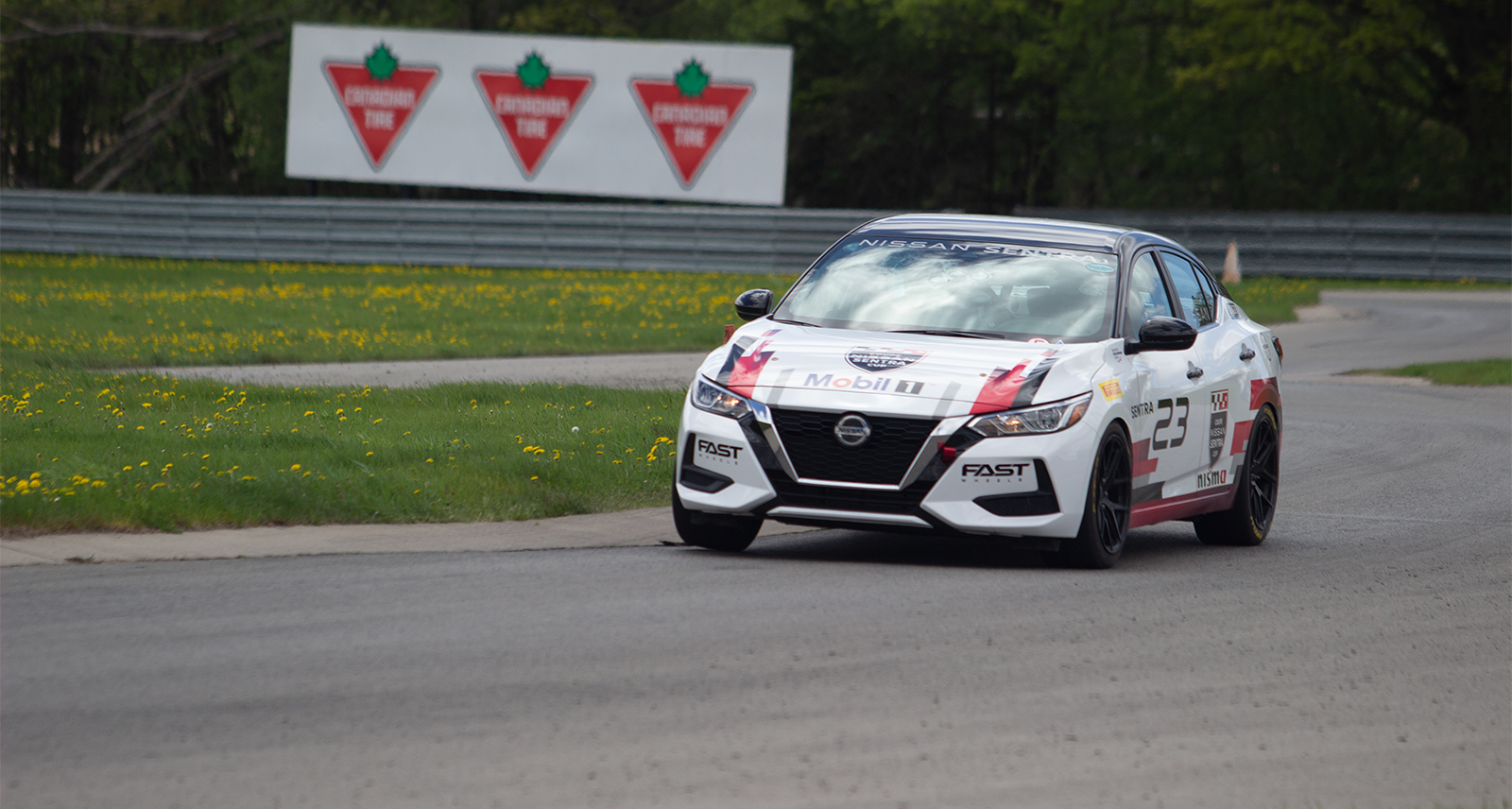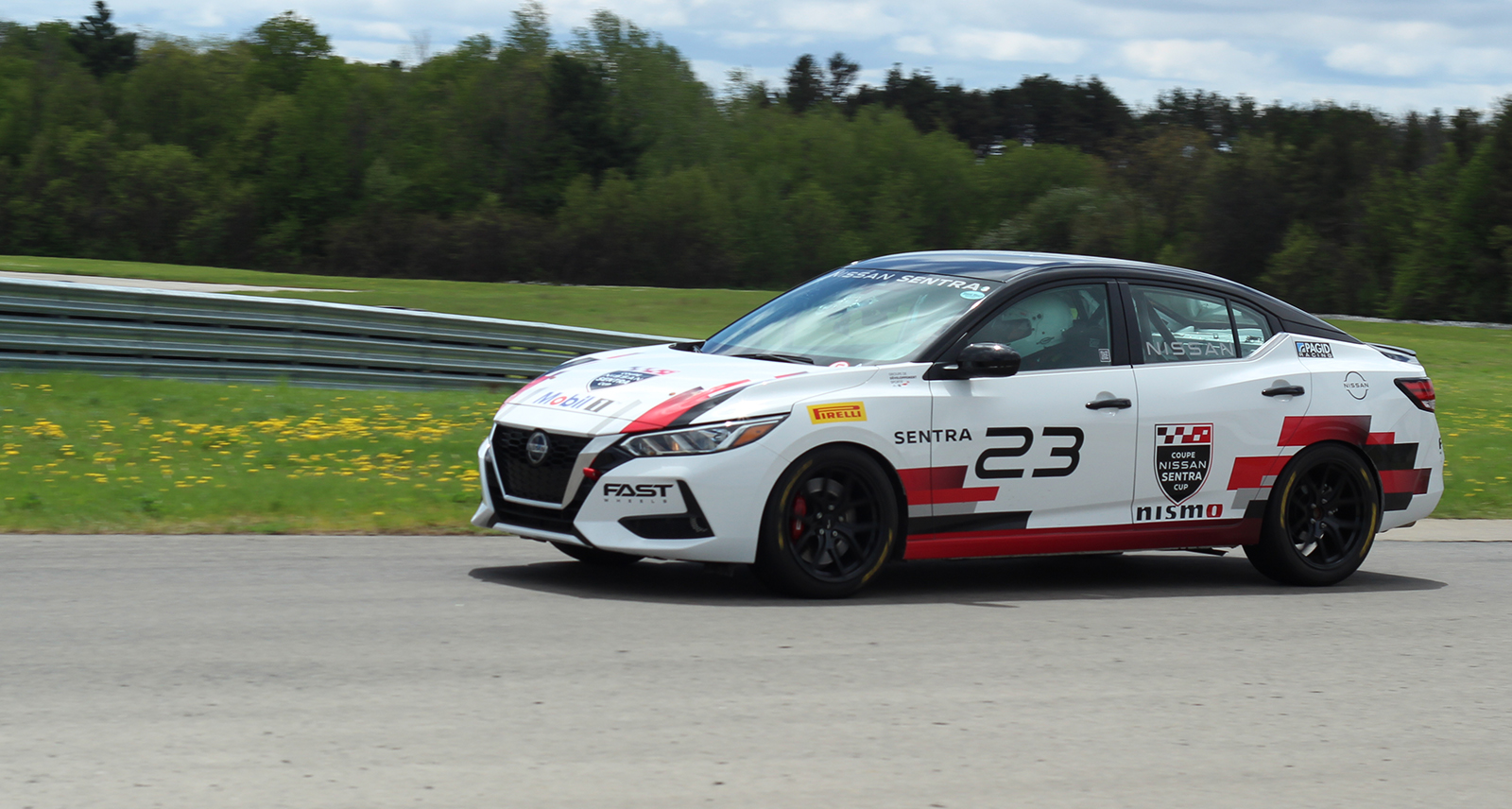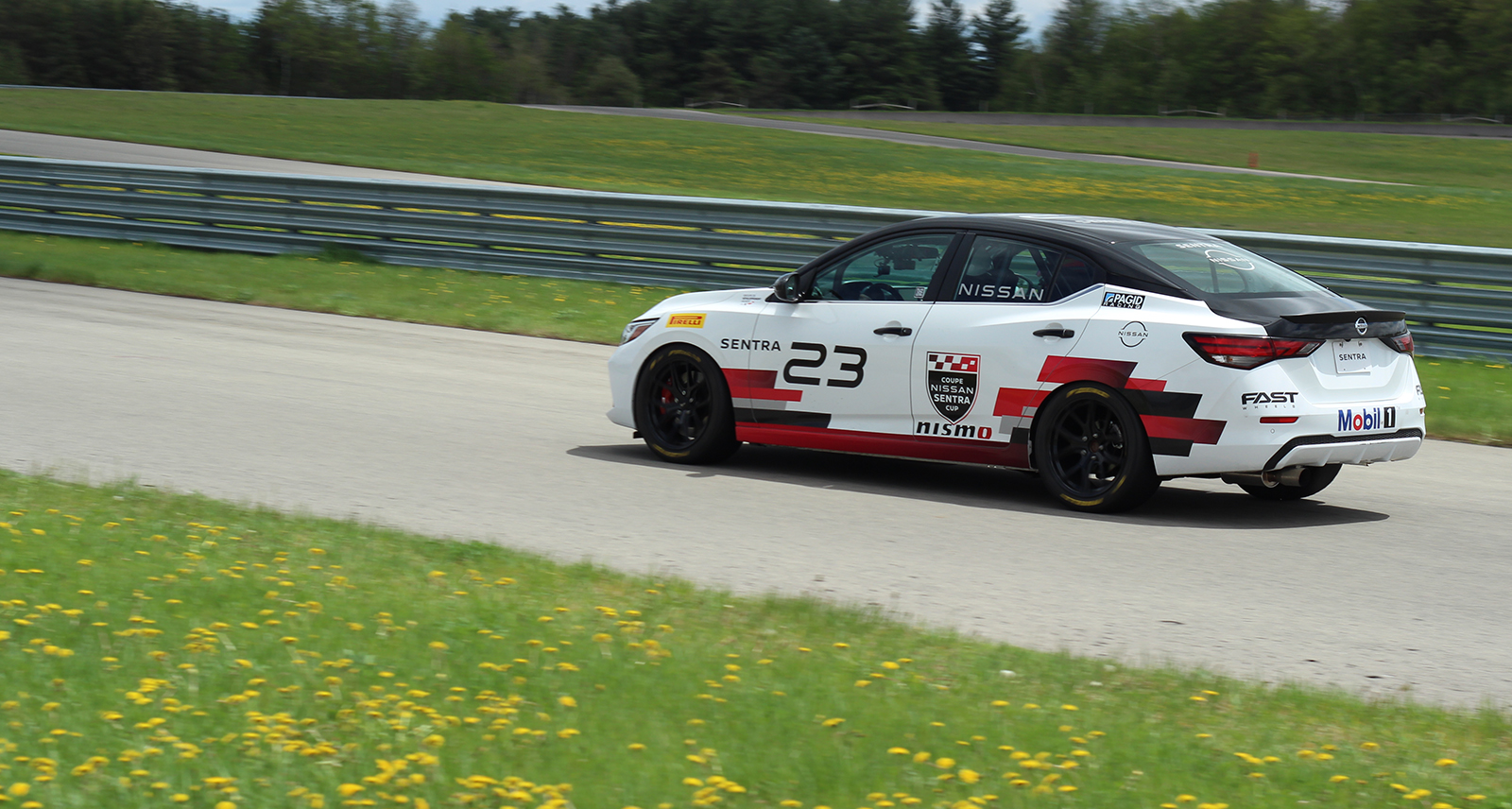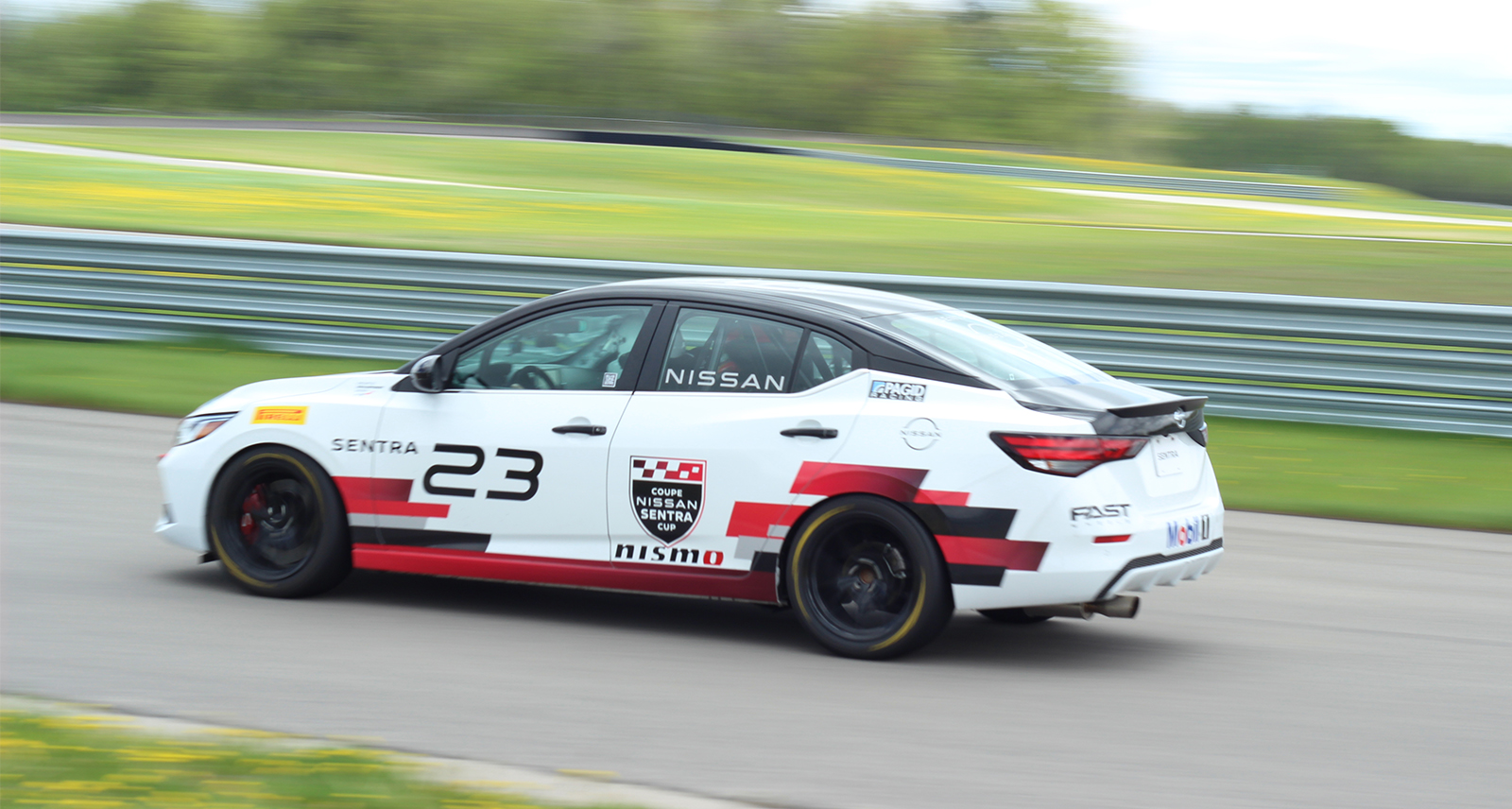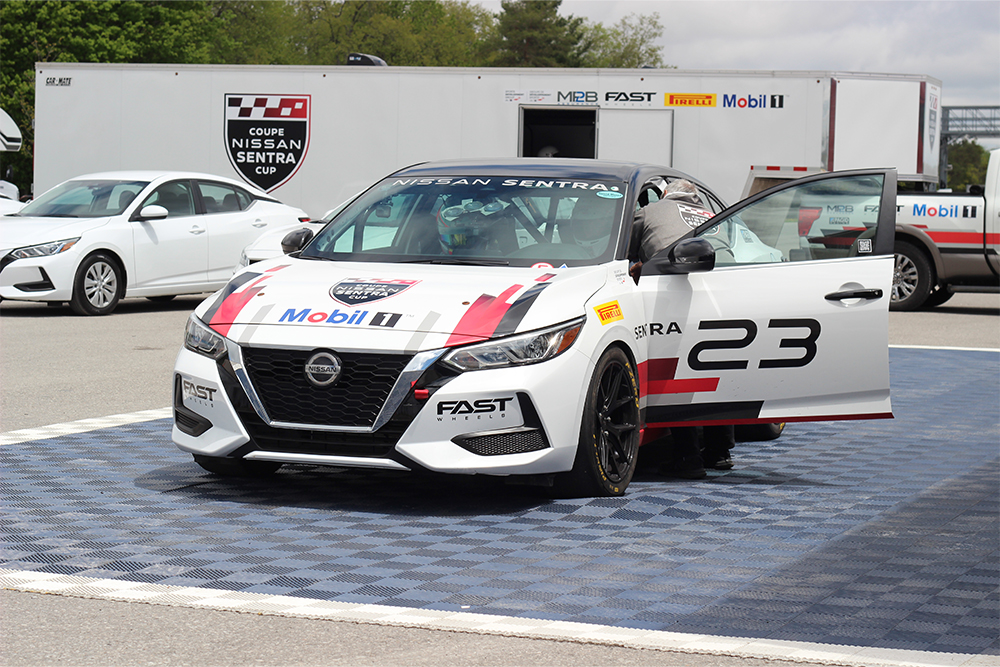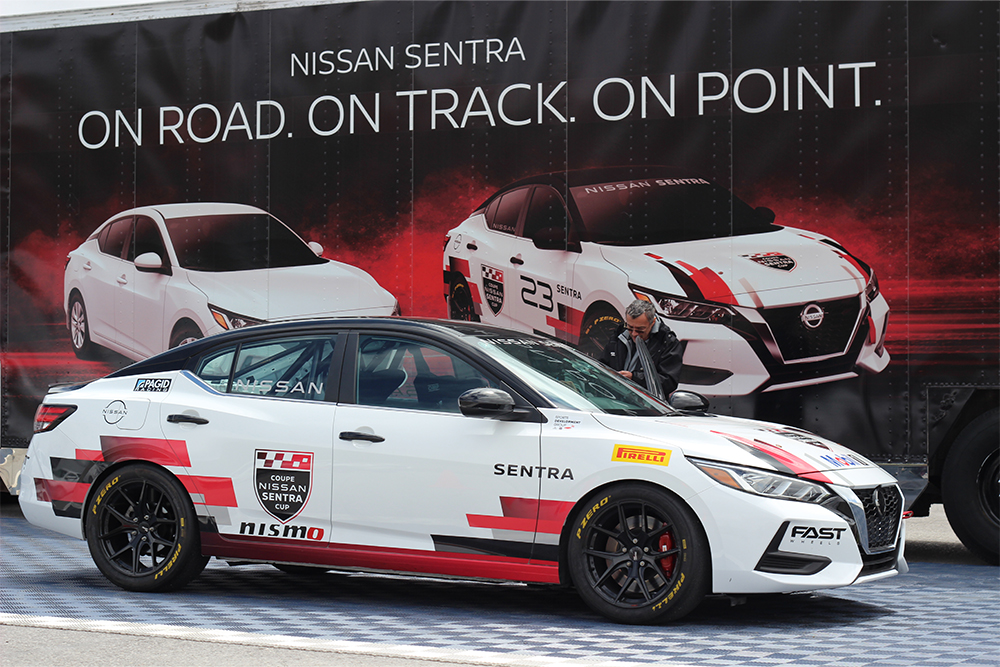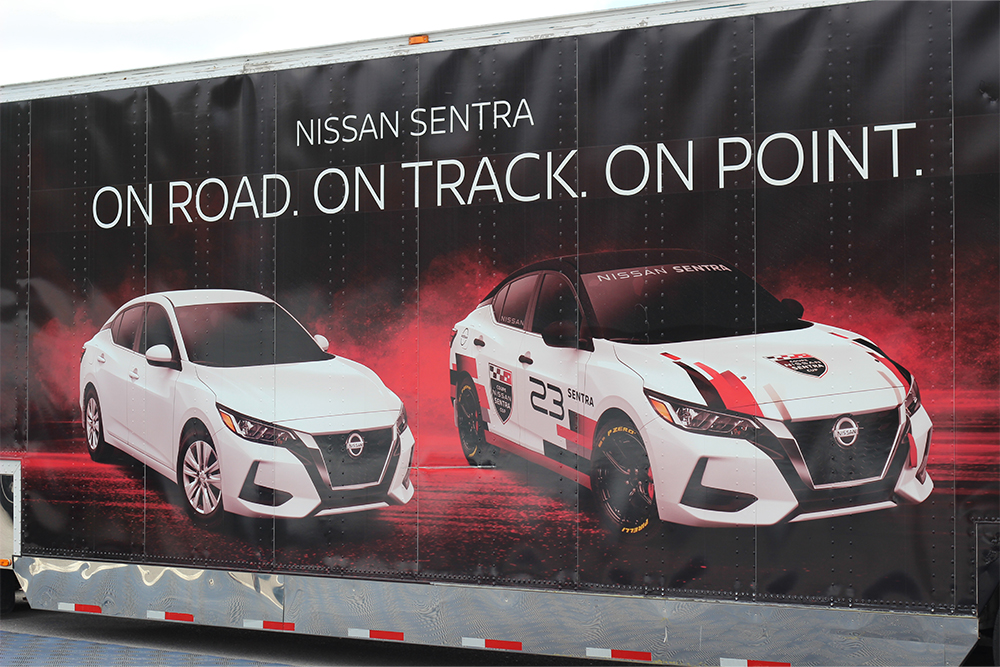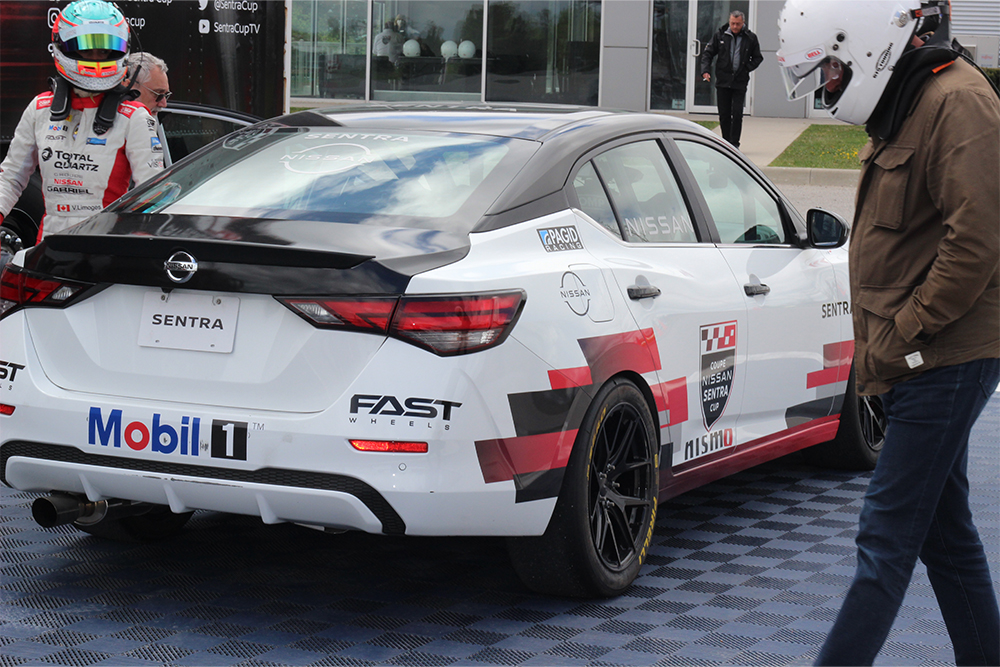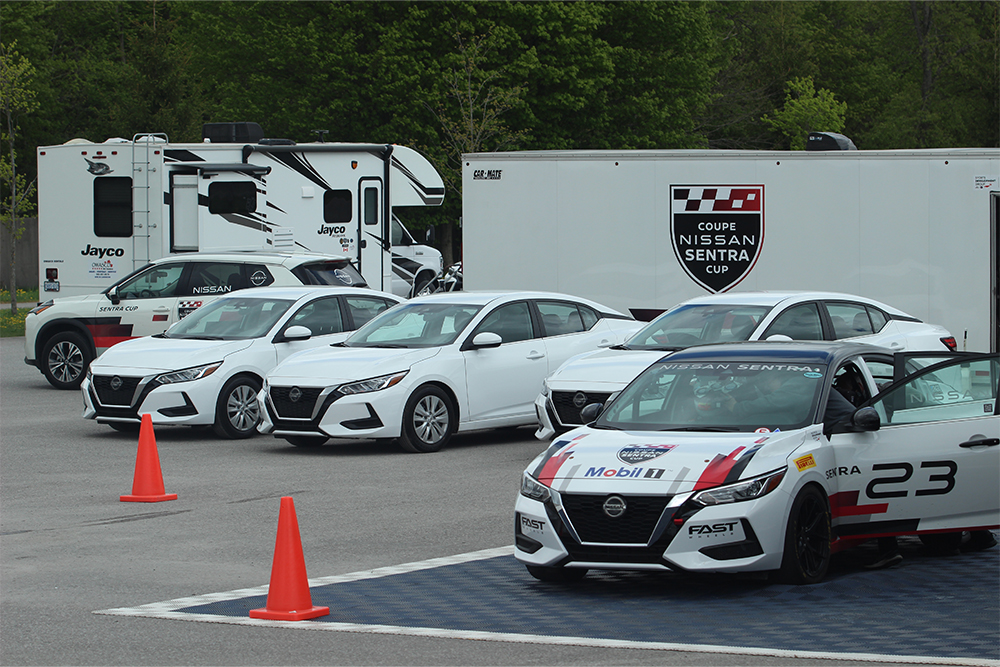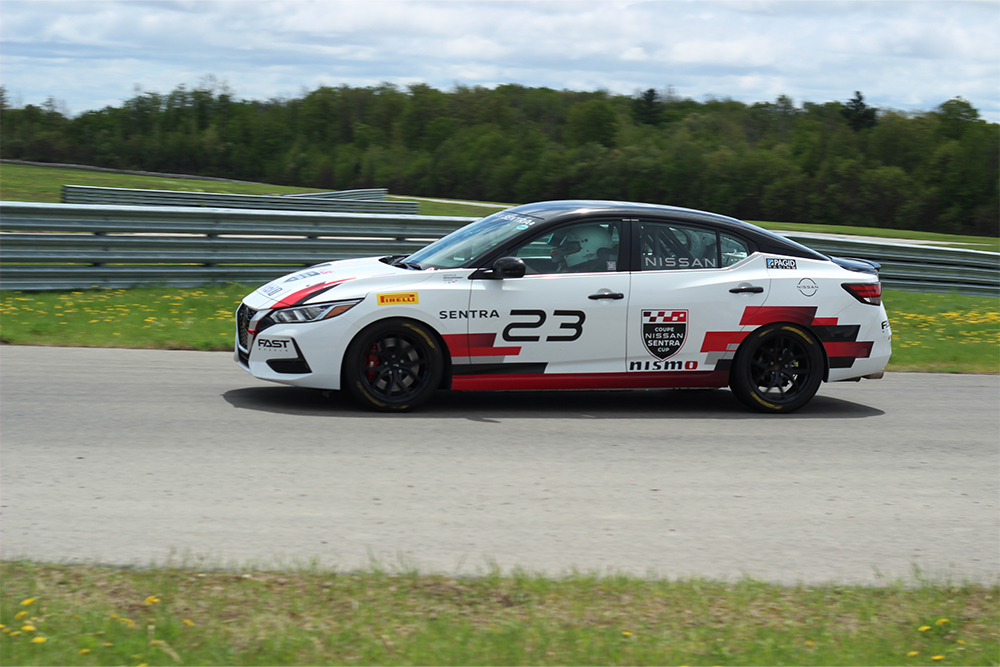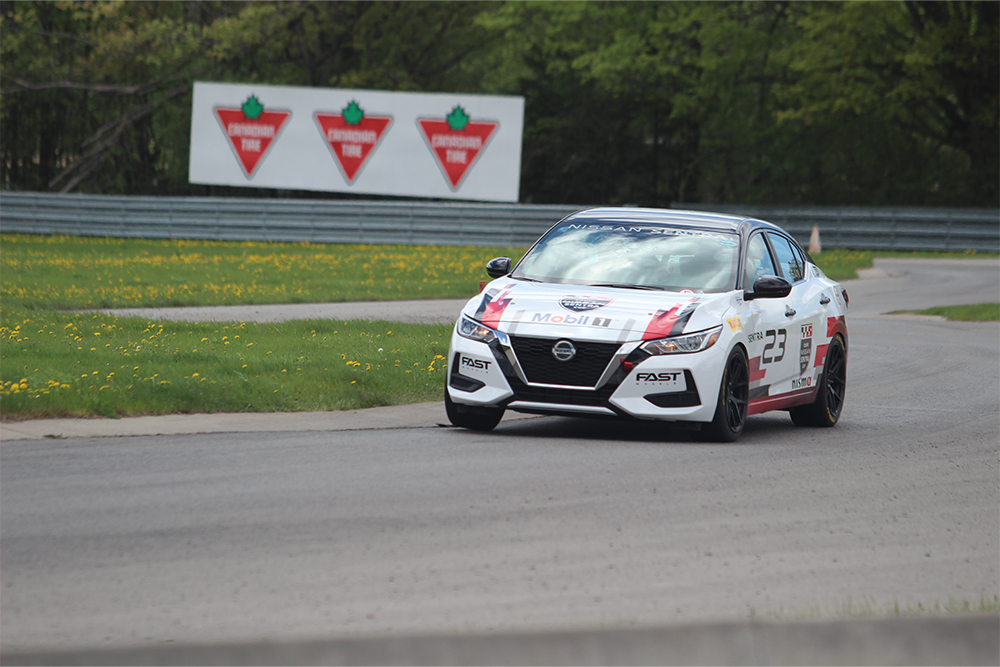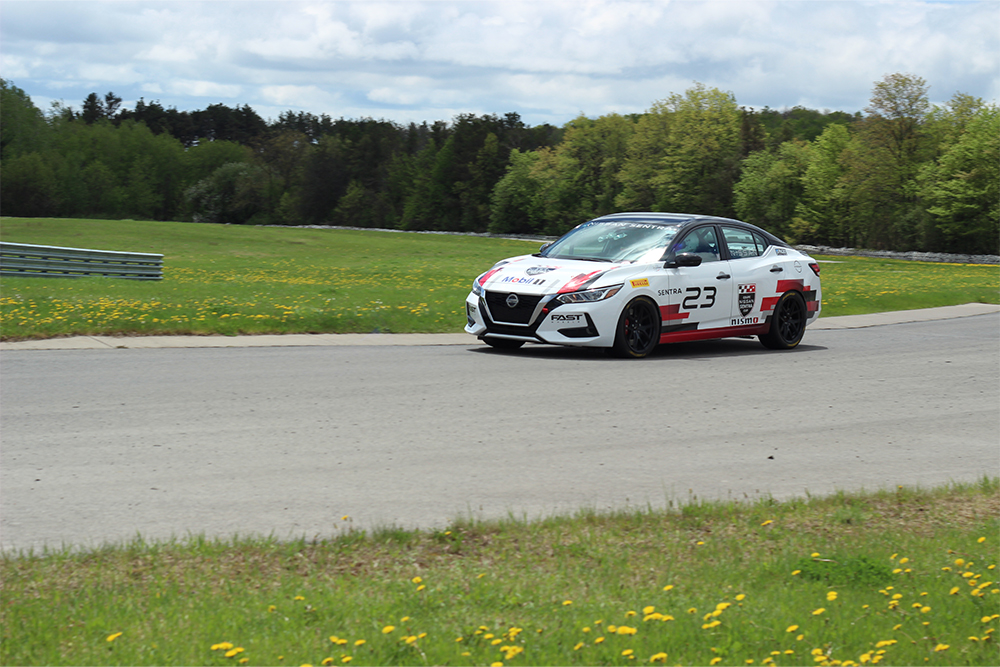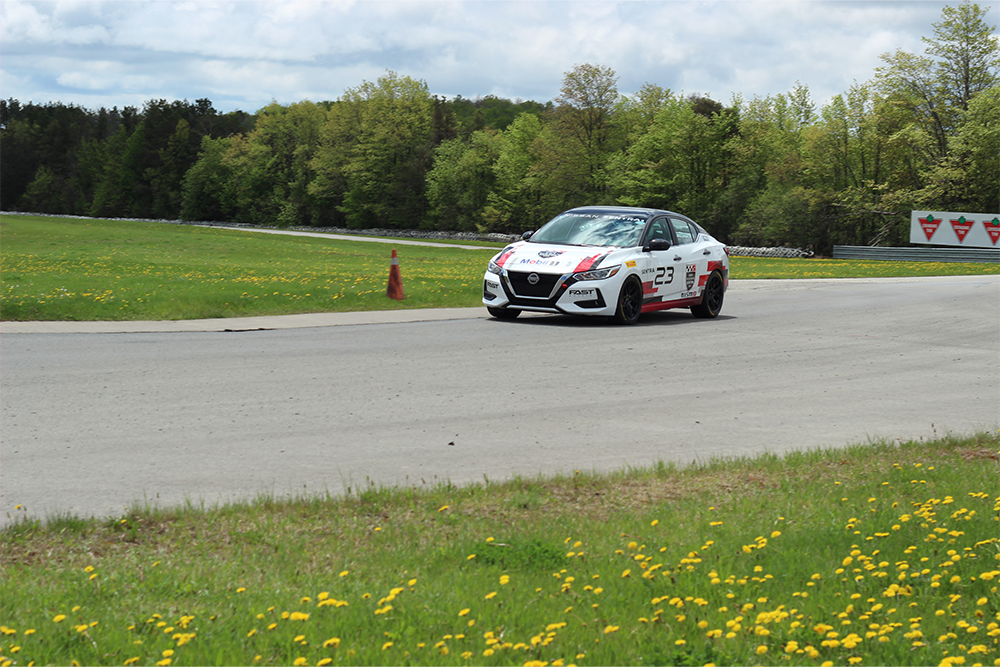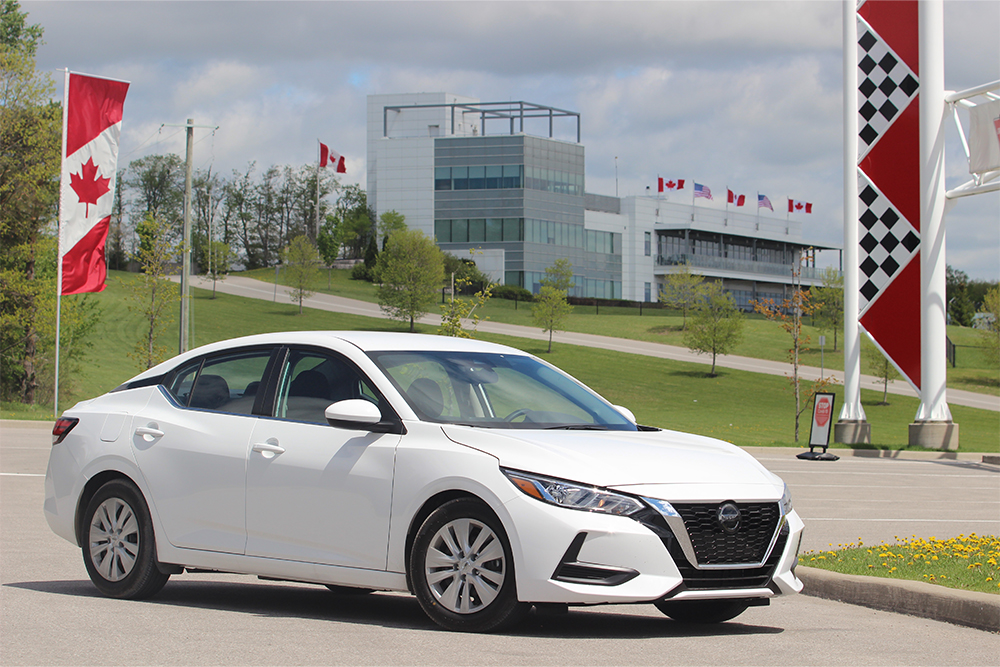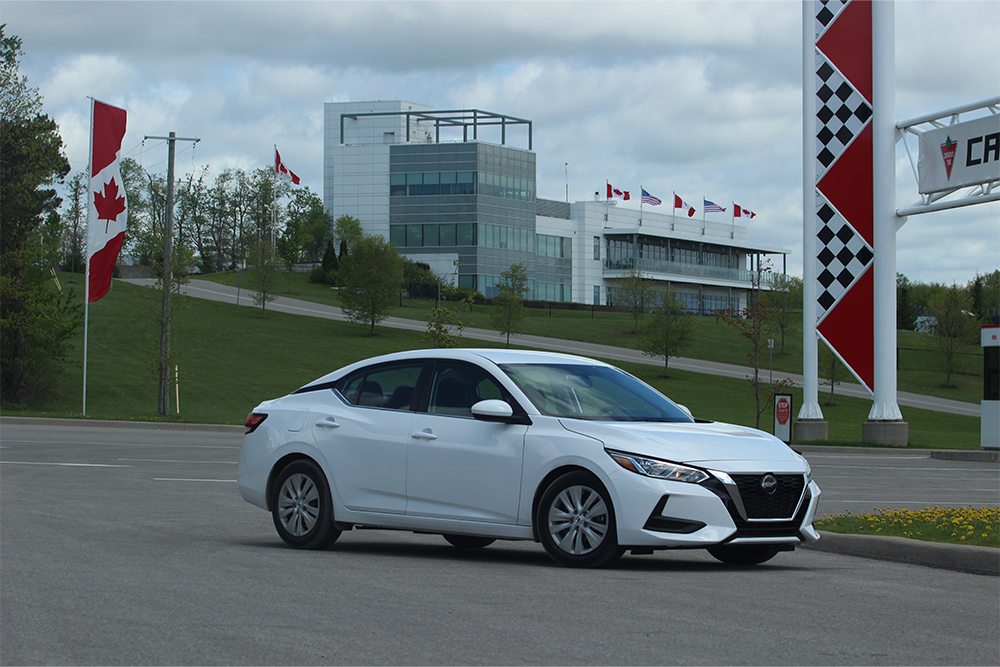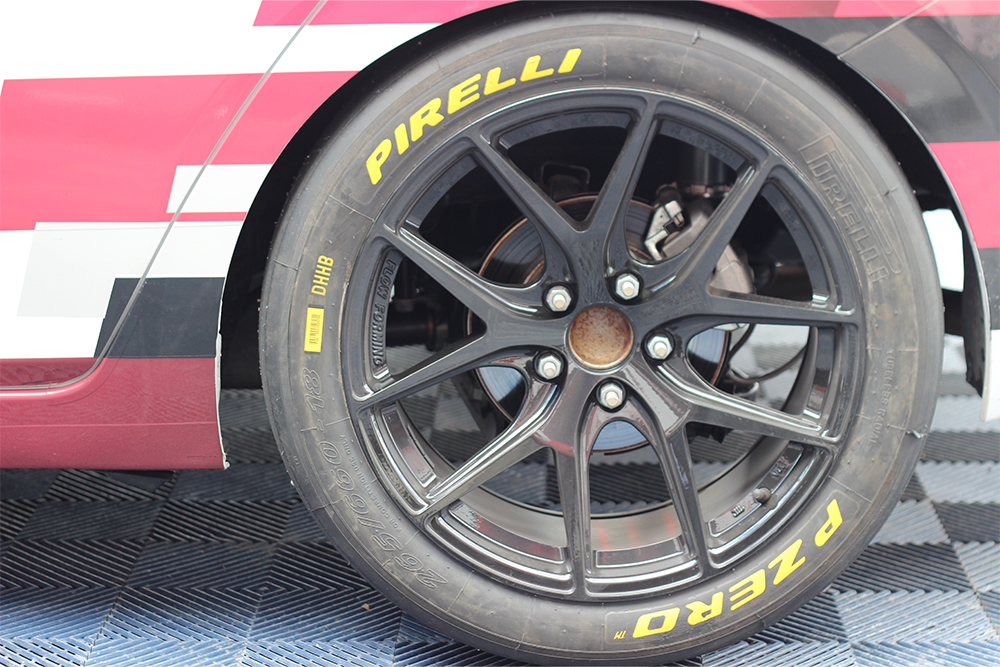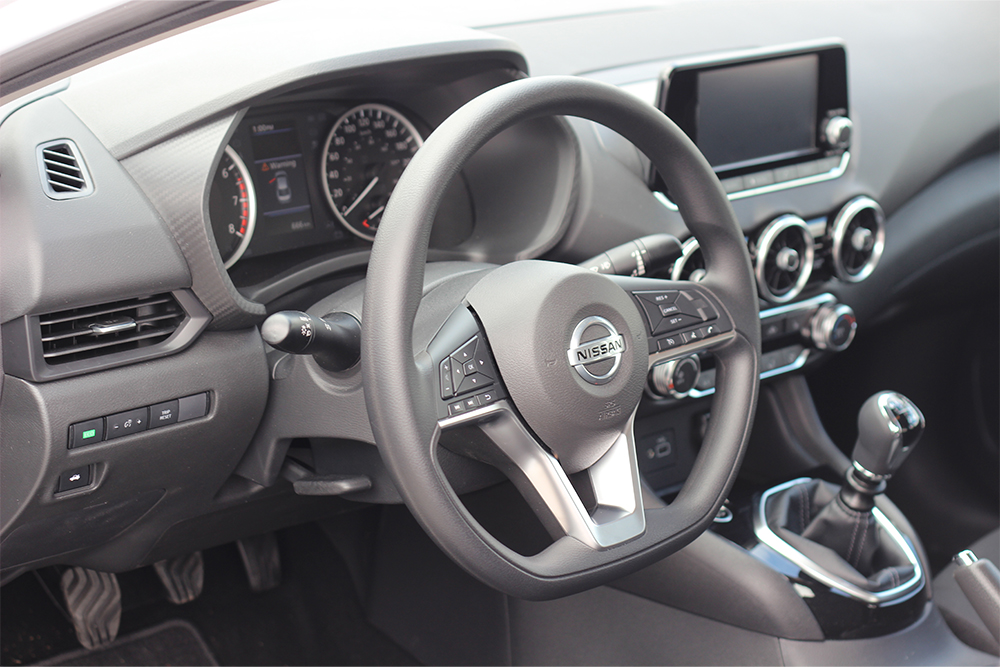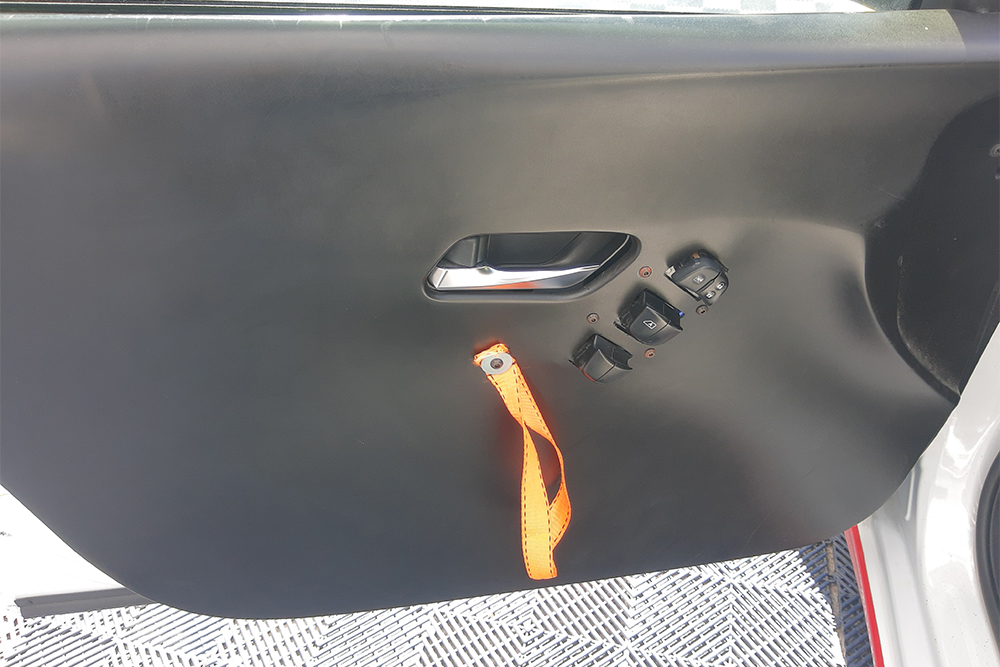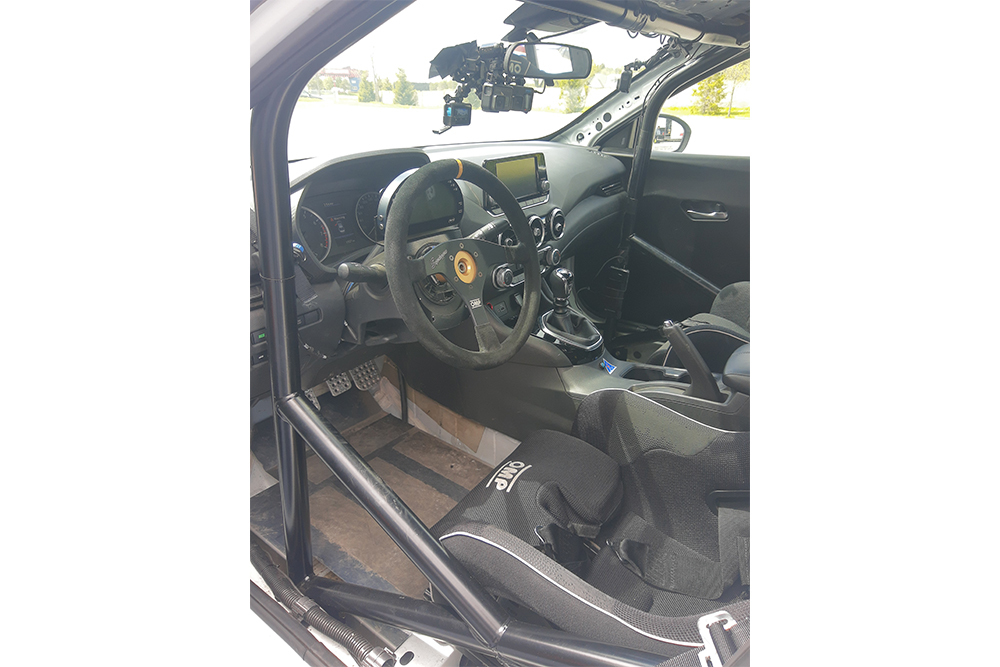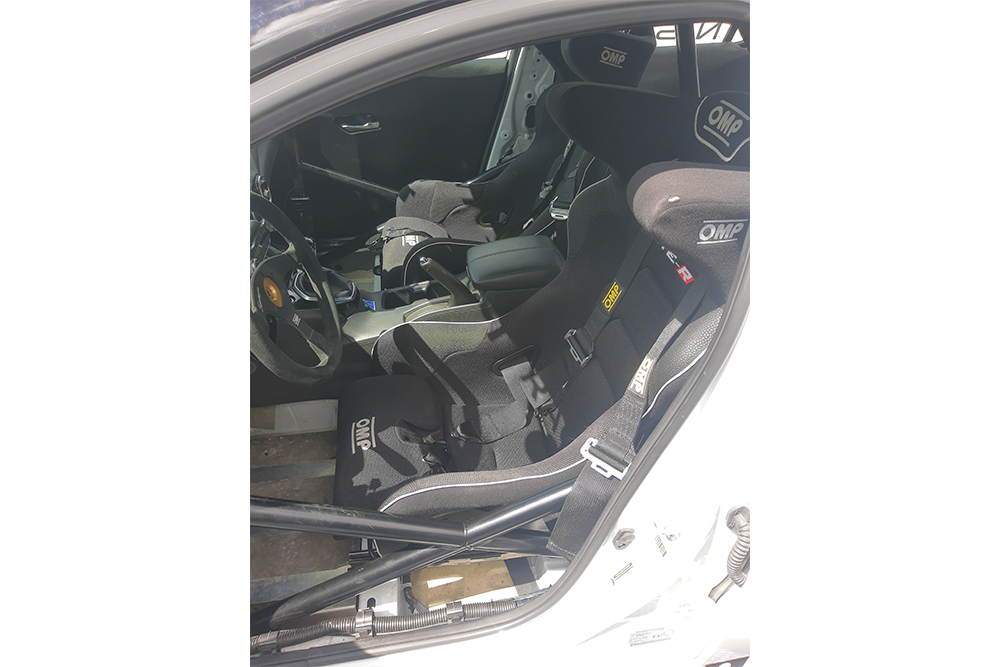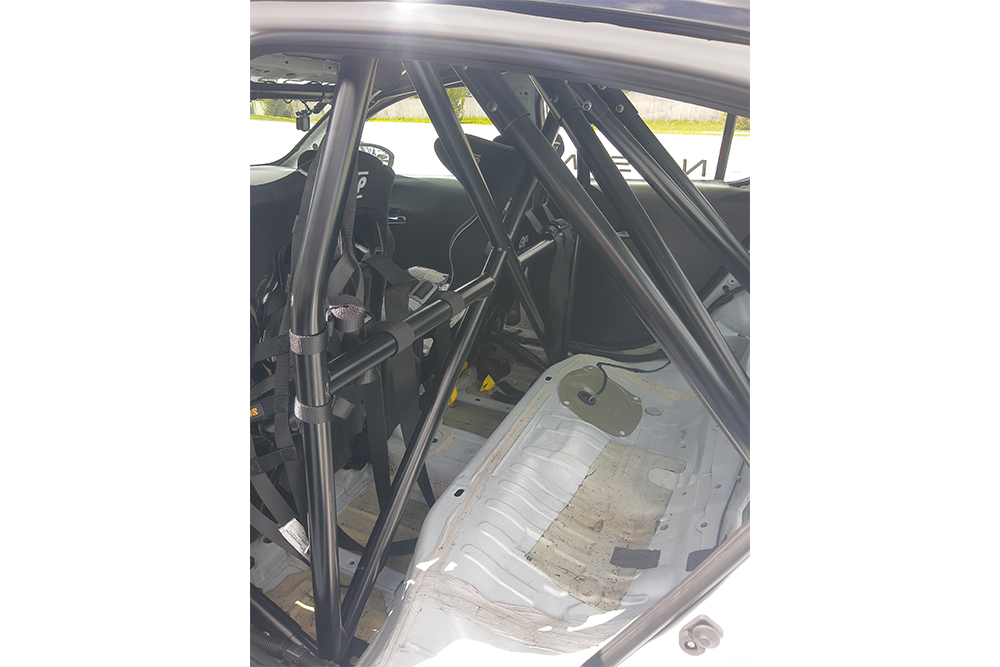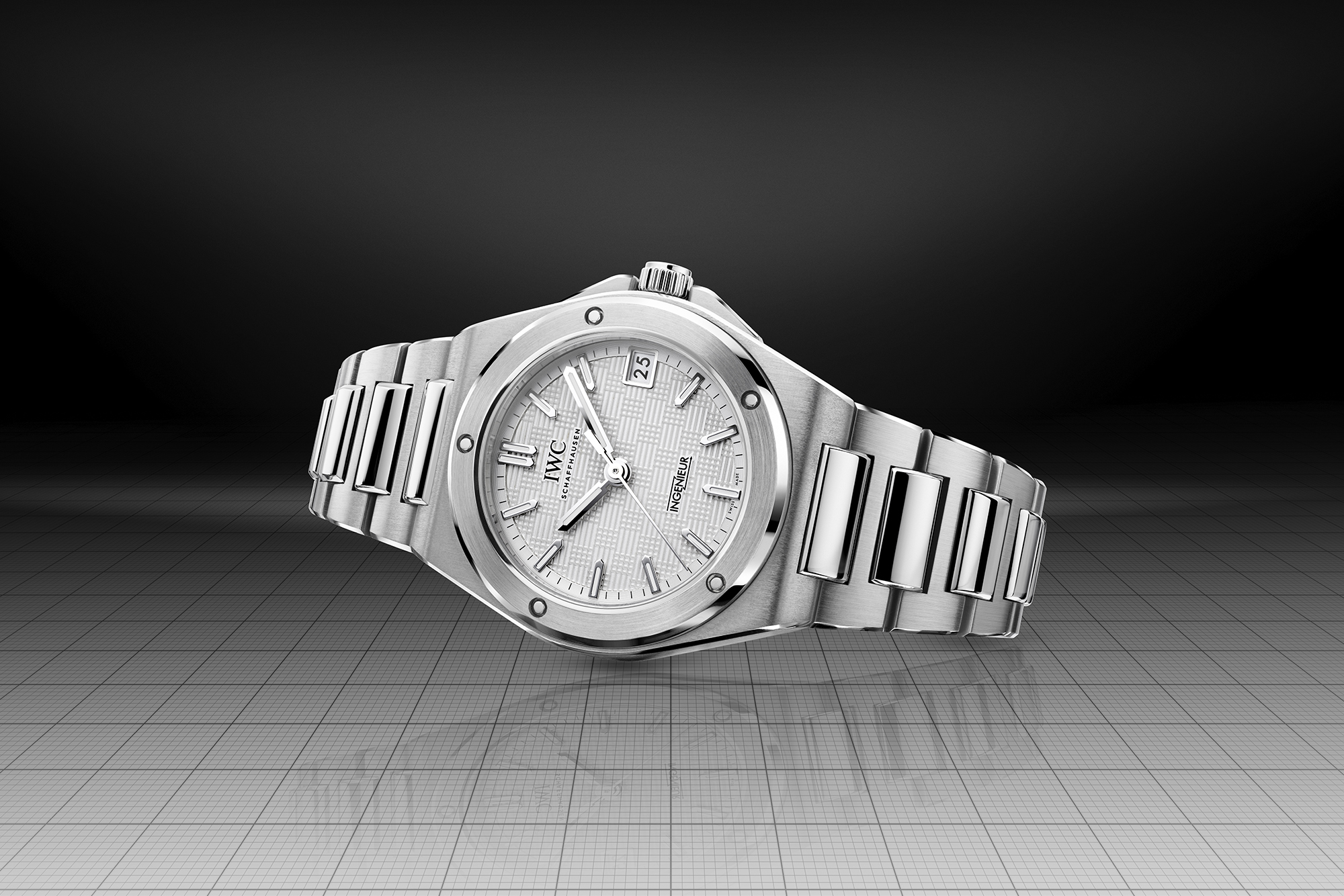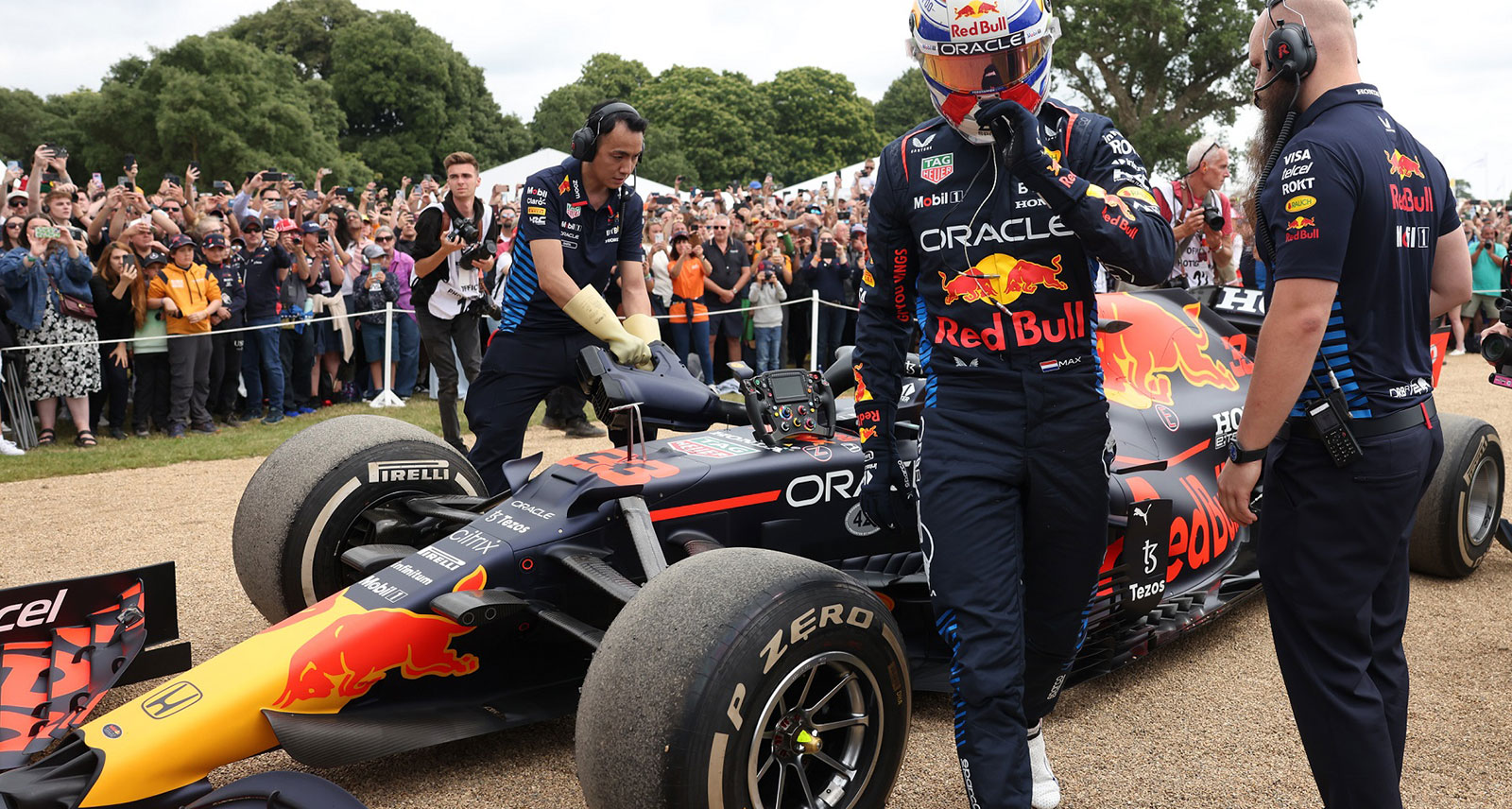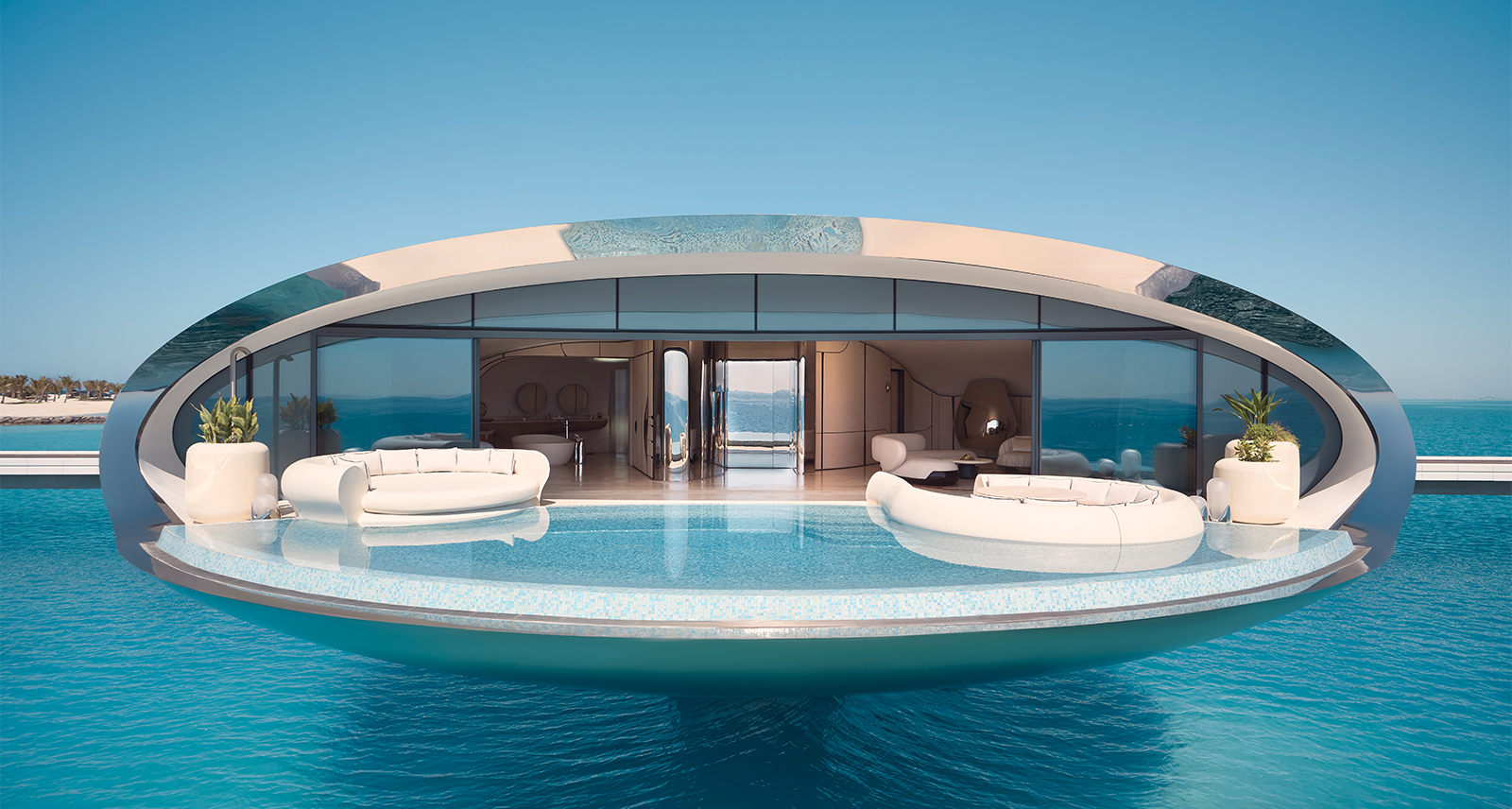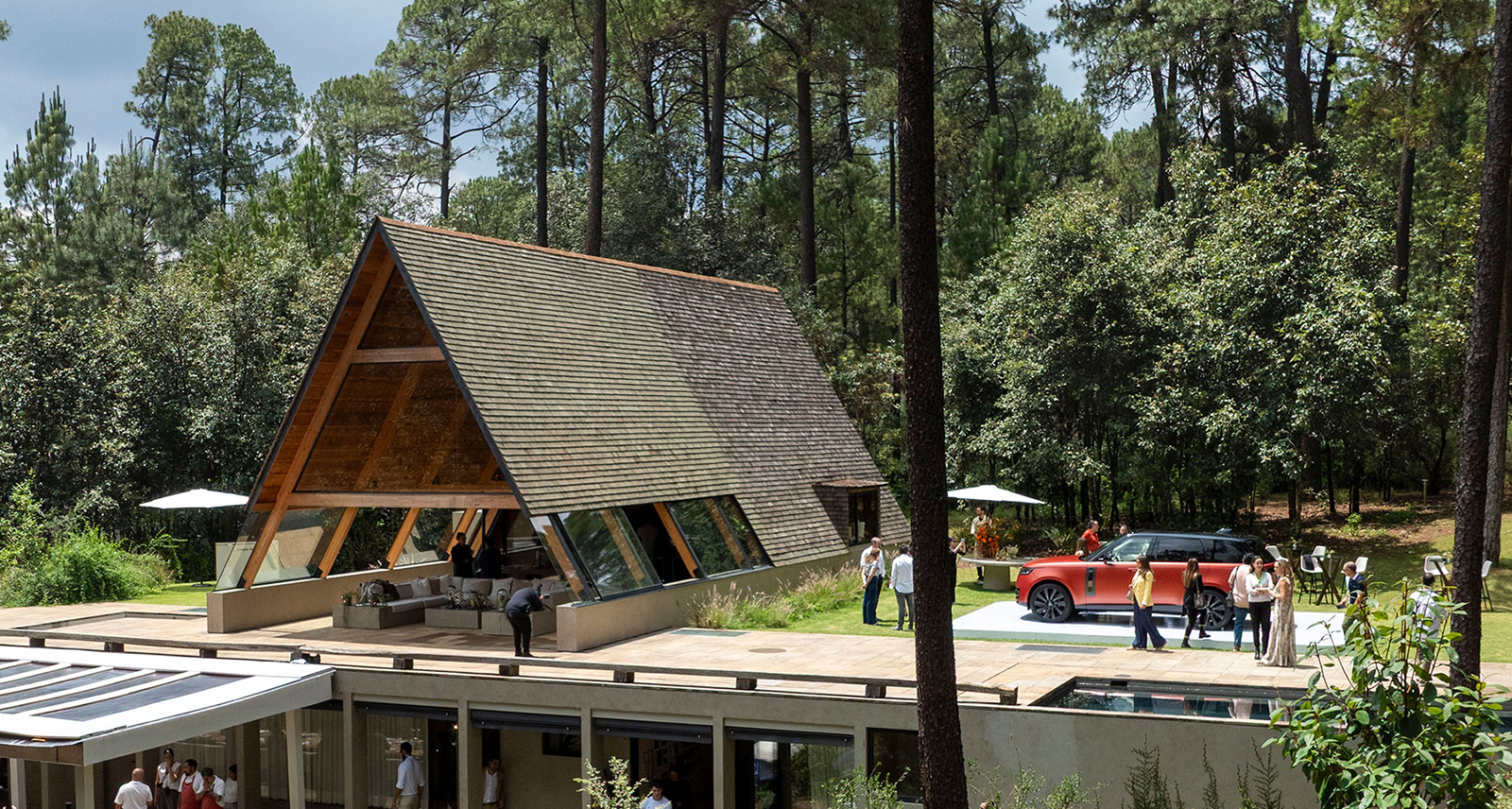Sentra Cup Drive Leaves Us Wanting More
Here’s a hypothetical: imagine all the Formula 1 drivers raced in identical cars. How much more enjoyable to watch would the often processional racing be then? If your answer ranges anywhere from “some” to “immeasurably,” then have we’ve got a racing series for you. It’s called the Nissan Sentra Cup and is so far exclusive to Canada. Now in its second season, it kicked off on the Victoria Day Long Weekend at Canadian Tire Motorsport Park (CTMP) in Bowmanville, Ontario, as a support series to the major racing series going on that weekend.
Each Sentra Cup racing weekend includes two 40-minute races, with about 30 drivers or so. The cars are largely identical, save for the setup and driver. Hence, driver skill, determination, and racecraft all come into play. Oh and a little luck never hurt anyone either.
If this sounds interesting to you, but you can’t attend in person, all of the Sentra Cup races will be live-streamed on Facebook on the series’ page, with a YouTube review to follow in the coming days. There are six race weekends scheduled for this season — from May to September — with four set in the beautiful province of Quebec, and two in good ole’ Ontario at CTMP.
The Sentra Cup promises amazing value to up-and-coming racers, with plenty of doorhandle-to-doorhandle seat time. There is a practice session, qualifying, and two races per weekend, or at least two hours of seat time per weekend, the promotorers say.
The predecessor to the series, the Micra Cup, ran for six years and still continues as a sort of support series to the Sentra Cup, running at the same time, though the field is much smaller. Support for the cars has also run its course.
When we got a chance to do a few hot laps at CTMP’s adjoining and much shorter Driver Development Track (DDT), we gladly jumped at the chance. Yours Truly has owned two Sentras in the past, the first being a 1994 coupe with a 1.6L and a stick (but no tach) and a 2001 SE sedan with the 145hp SR20DE. Both were taken either autocrossing or a track (the latter at DDT). There was also a Nissan NX2000 in between there, with a 7,500RPM, 2.0L inline-four from the factory.
Nissan had both the base-model Sentra S production car that the racer is based on on hand to sample, and a prototype of the actual racecar. The former was relegated to street drives around the ring roads near the track, while the racer gave us only four laps around the longest, 2.88km perimeter layout of the DDT.
Series regular Valérie Limoges rode shotgun with all, giving out helpful advice and keeping drivers in line, figuratively and literally. Considering the Sentra Cup car’s engine is left largely untouched, except for a cold-air intake, cat-back muffler, and a MoTeC ECU, horsepower is at or near equal to the base car’s 149 ponies. As such, carrying momentum through the corners and maximizing entry speeds was the name of the game, though we hardly set the fastest time of the day with only four laps to get familiar with the car. Being only second to lap the car during the afternoon session, the pressure was on to keep the car shiny side up. Yup, here come the racecar driver excuses.
As with any production based racecar, the brakes and handling stood out. The Pirelli slicks were a massive 265mm wide, dwarfing the standard 205 all-seasons. The steering felt much quicker, though we were assured it was a standard-rate rack, so the response must have been due to the suspension and super-wide gumballs. The car’s handling was no doubt set up to be very netrual, with a fine handling balance, but we didn’t try to unsettle the chassis with any left foot brake or lift-off antics. The motor and transmission mounts are also swapped out for stiffer urethane units, and we did notice some added vibration and harshness from the setup when pushing the car on the track. The adjustable coilovers resulted in a very flat ride, as you’d expect.
The ABS is retained, but Limoges assured us we wouldn’t trigger it thanks to the huge grip levels. The front rotors are huge 355mm units (nearly 14 inches) or the same size as the optional binders on the outgoing 370Z sports car, and the rears come from the higher trim levels of the production Sentras and replace the S’s standard drums.
Saint-Eustache, QC-based Motorsports in Action (MIA) is the shop responsible for converting the standard, sub-$20,000CAD Sentra S in the race version, more than doubling its price to nearly $41,000 this year. MIA Managing Director Carl Hermez assured us there is no way to build a Sentra Cup racecar for less money than going through the Nissan program. The MoTeC ECU is there largely to keep the car from freaking out when its safety systems are turned off.
Speaking of the base car, it impressed with a firm suspension, amenities that included power doors and locks, a push-button start, Android Auto and Apple CarPlay from an admittedly somewhat dim 4.2-inch touchscreen, and driver-assistance and warning tech. The hydraulic clutch was almost too light, and the shifter also very soft, though the shifter itself was placed nice and high and allowed us to rest our elbow on the armrest. The series organizer and Nissan Canada’s Director of Corporate Communications, Didier Marsaud, also said current Sentra owners can do a parade lap at CTMP during Sentra Cup race weekends.
The whole experience whet our appetite for some real racing and made us glad Nissan is keeping spec racing alive for those without a trust fund or ridiculous amounts of expendable income.
Learn more about the Nissan Sentra Cup here.
